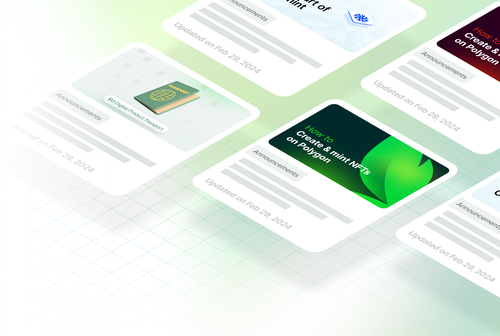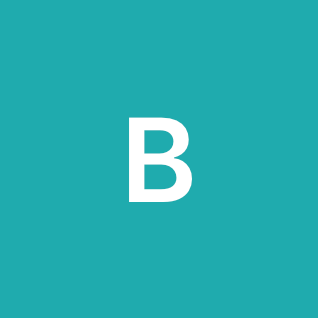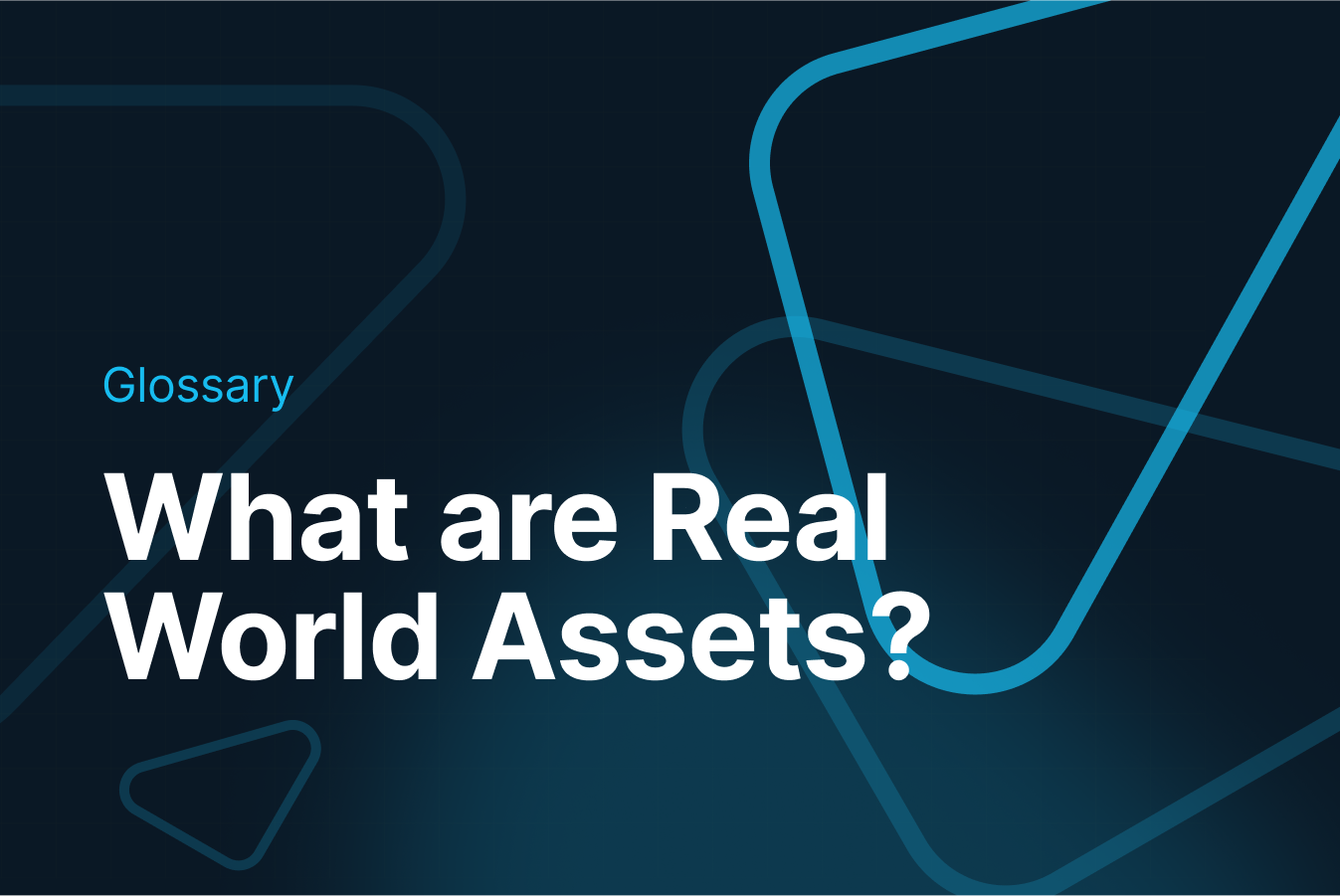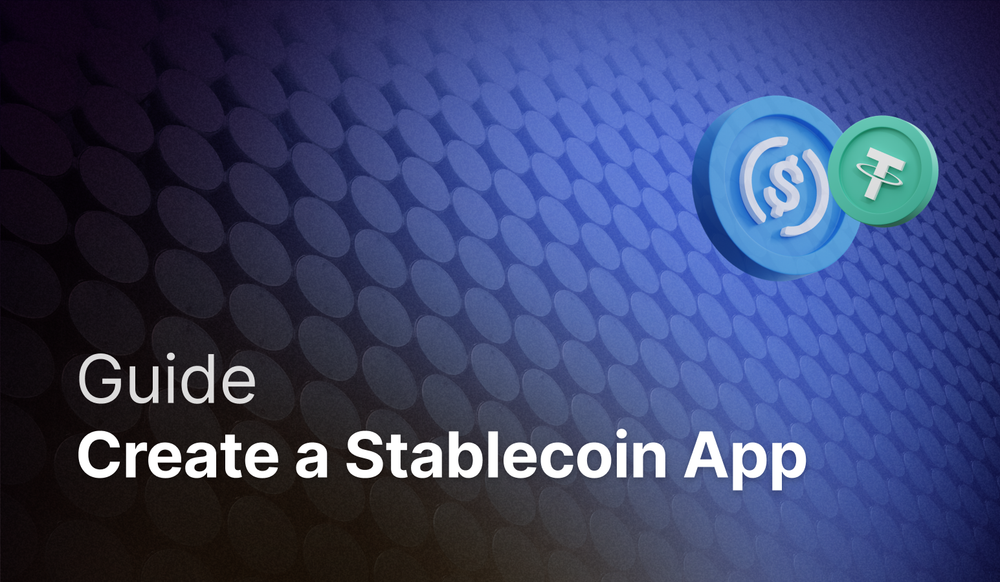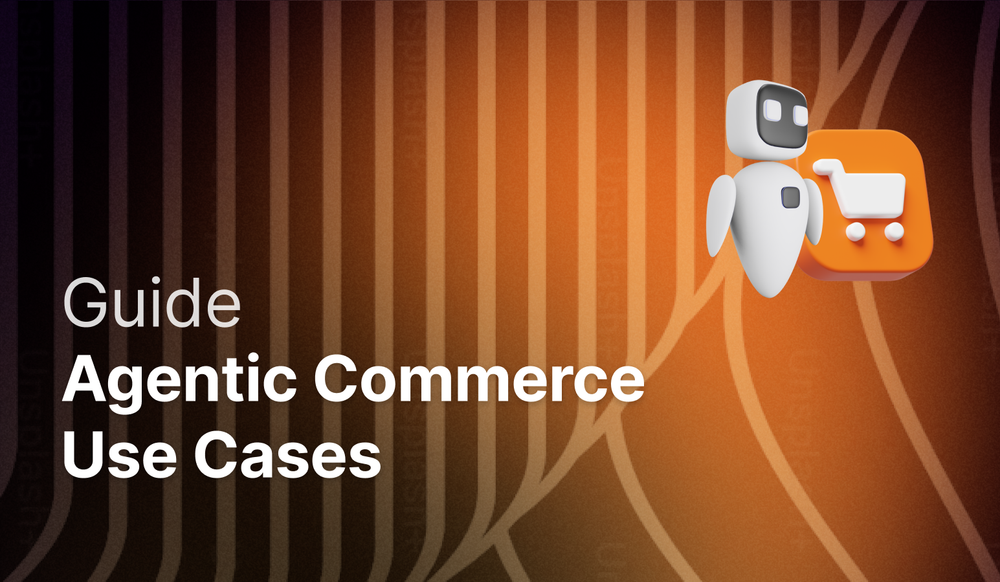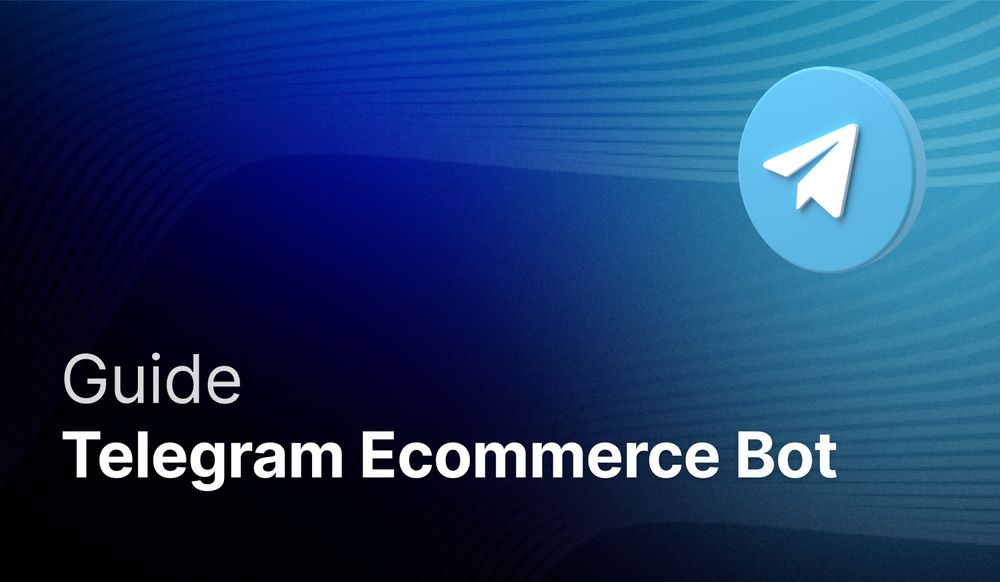Real World Assets (RWAs) represent the cutting-edge fusion of traditional asset classes with blockchain technology. This concept involves the tokenization of both tangible and intangible assets, ranging from real estate and precious metals to intellectual property and various financial instruments.
By converting these assets into digital tokens on a blockchain, RWAs revolutionize how we perceive and trade value. This transformation allows for seamless trading, enhanced liquidity, and improved transparency, making physical assets with intrinsic value easily accessible and tradable in digital marketplaces.
How to tokenize real world assets?
The tokenization of real world assets involves three core stages:
- Off-chain Formalization: This preliminary phase establishes the asset's value, ownership, and legal status in the physical world. Factors like market price, historical performance, and legal documentation are critical here.
- Information Bridging: The actual tokenization occurs in this phase, converting asset details into digital tokens. This includes embedding data about the asset’s value and ownership within the token’s metadata. Blockchain's transparency allows for the verification of token authenticity.
- Integration with Blockchain: The final stage involves integrating these tokens into the blockchain ecosystem. This involves managing the supply and demand of these tokens, ensuring their accessibility to potential investors and users.
Note that before tokenizing an asset and making it available to the public, it is crucial to undergo any necessary compliance and regulatory processes in the jurisdictions where it is applicable.
Benefits of RWA tokenization
Tokenizing RWAs offers several benefits:
- Interoperability: tokenizing RWAs using open standards allows their usage across platforms without requiring cumbersome integrations.
- Enhanced Liquidity: Converts traditionally illiquid assets into more accessible formats.
- Fractional Ownership**: Lowers investment barriers, enabling collective ownership of expensive assets.
- Transparency and Security: Blockchain technology ensures transparent and secure recording of transactions and ownership details.
- Market Expansion: Opens up new markets and financial instruments, attracting a wider range of investors.
RWA tokenization use cases
Examples of Real World Assets (RWAs) include:
- Real Estate: Properties and land.
- Precious Metals: Gold, silver, platinum.
- Artwork: Paintings, sculptures, and other forms of art.
- Intellectual Property: Patents, copyrights, trademarks.
- Fiat Currency: Government-issued money like dollars or euros.
- Commodities: Oil, natural gas, agricultural products.
- Financial Instruments: Stocks, bonds, derivatives.
- Collectibles: Rare coins, vintage cars, memorabilia.
- Equipment and Machinery: Industrial or agricultural equipment.
- Infrastructure Assets: Bridges, roads, utilities.
What are some companies tokenizing RWAs
Some examples of companies tokenizing Real World Assets include:
- RealT: A platform that tokenizes real estate properties, allowing investors to purchase fractional ownership in properties represented by digital tokens on the Ethereum blockchain.
- Masterworks: This investment platform, founded in 2017, allows investors to purchase fractional shares in paintings by renowned artists like Picasso, Monet, and Warhol. This approach has opened up the art market, enabling a wider range of investors to own shares of masterpieces..
- Lumiere: Partnering with another company, Lumiere has tokenized a direct investment in a movie, specifically the film "Papicha" directed by Mounia Meddour. This digitization allows investors to transfer or sell their participation in the future, offering a new form of asset in the alternative investment space.
- PO8: A tech company focused on marine archaeology conservation and investment, PO8 uses blockchain, artificial intelligence, and robotics to recover and tokenize underwater cultural heritage assets. These assets are digitized as NFTs (non-fungible tokens), with the stored value of the underlying asset.
- Maecenas: Specializing in tokenizing artwork, Maecenas enables investors to buy fractional ownership in art pieces, which are then represented as digital tokens on the Ethereum blockchain.
- Tradewind: Tradewind tokenizes precious metals, providing a platform for investors to purchase fractional ownership in gold and silver, represented by digital tokens on the blockchain.
- Harbor: This platform focuses on tokenizing private securities, allowing investors to purchase fractional ownership in private equity and other securities, which are then represented as digital tokens on the blockchain.
Ready to start tokenizing?
Crossmint offers the leading enterprise tokenization platform, powering over 30,000 companies across industries, including Mastercard, Microsoft, Asus, Johnny Walker, Etihad Airways, AC Milan, and more.
To get started, read our documentation or talk to our team. You can mint your first assets within 5 minutes, on any major blockchain.



